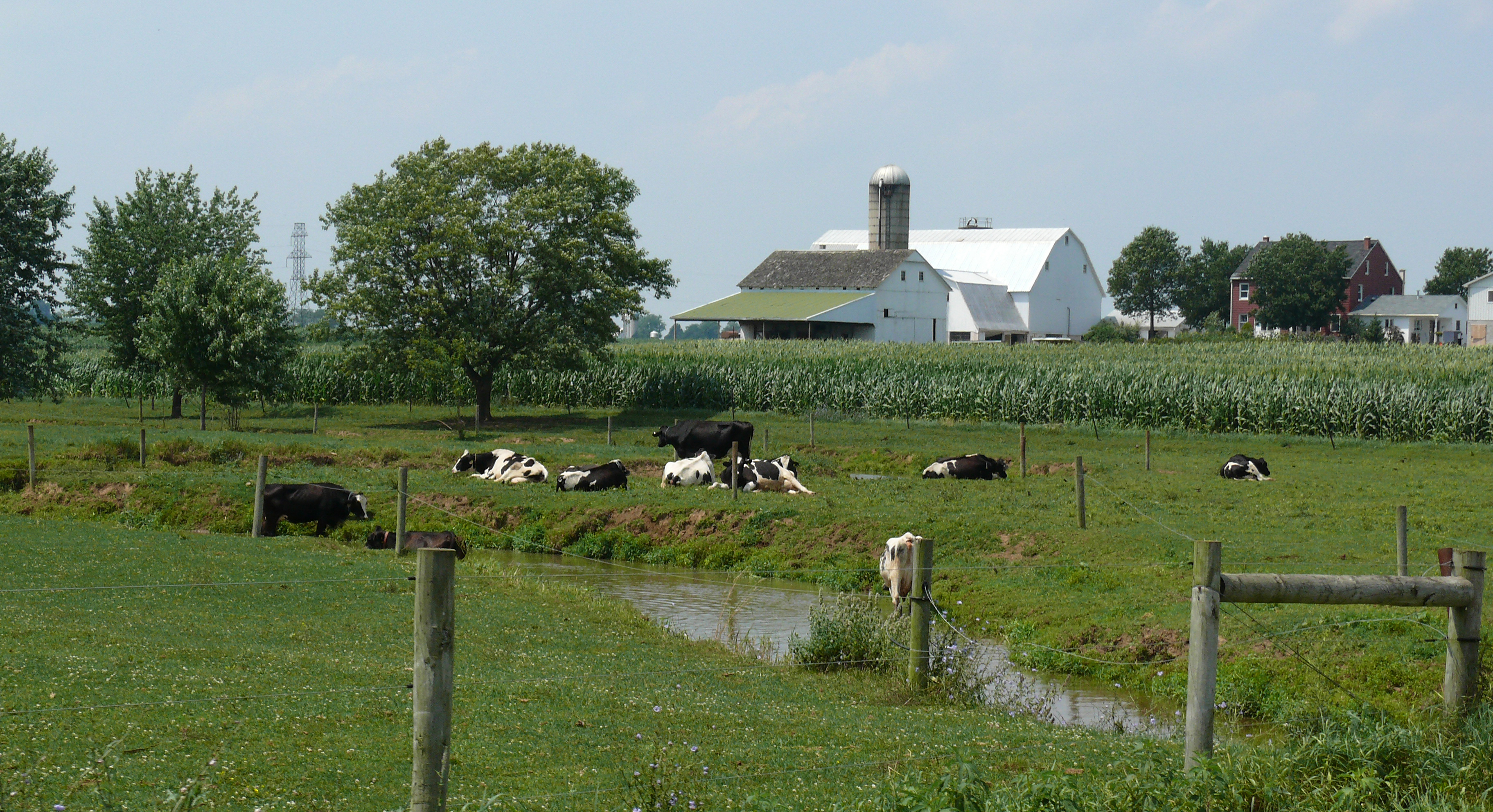I found the punitive definitions in an official letter to the Secretary of Natural Resources from the Regional Administrator for the Environmental Protection Agency (EPA) from December 2009. According to the letter, the six states involved and Washington, DC (States) will be responsible for formulating and enacting Watershed Implementation Plans which will lead them toward self-defined two-year-goals. If the EPA finds a State lacking in progress, they are prepared to: revamp the current regulation of National Pollutant Discharge Elimination System permits to be more inclusive and under more stringent Federal oversight, pay more attention to all sources of pollutants in the watershed (including air pollution), base future funding on “demonstrated progress” towards reducing nutrient and sediment pollution, and hold localities to federal standards of water quality if the local laws aren’t adequate. If the States do not address their load allocations adequately in the drafts, EPA reserves the right to establish appropriate requirements in the final document. Also, they plan to potentially hold point sources (water treatment facilities, factories, etc.) responsible for more than their “fair” share of pollutants. New facilities or expansions of existing ones may be required to offset more pollutants than they anticipate discharging. EPA also may expect point sources to offset enough to compensate for non-point sources (agriculture, urban run-off, etc.) which will be unable to guarantee a reduction in their load.
 |
| Pollution Entering the Chesapeake Bay Watershed Photo: Chesapeake Foundation |
Is this fair to the factory owner? Personally, I don’t think so, but I’m sure the dairy farmers of Pennsylvania will be relieved. Point sources are easy targets because they are so well-defined and can be monitored and measured relatively accurately. Non-point sources are where I feel more emphasis should be placed, if only because they pose a greater challenge and will take longer to address due to their nebulous nature.
 |
| Amish Dairy Farm Photo: Ad Meskens |
Good point about the equity and fairness of the implemented TMDL. This has been a real concern of local governments as well as the affected sectors (ie, industrial sector, wwtp sector). The question is - if the issue of fairness isn't addressed and established at the beginning, when we are looking at things from a 30,000 foot level, how would it be any different when it is being implemented through regulation at the municipal level?
ReplyDeleteJCC KiernanSeptember 23, 2010 at 10:25 AM
Hopefully, they're not relying on local-level officials to deal "equitably" with all their constituents. The responsibilities have to be divied up clearly during this process, and if it turns into "can't please any of the people all of the time" so be it. At least there will be federal documentation of rights and ramifications to fall back on when implementing the new rules (at this point, "It's not FAIR!" isn't a legitimate legal defense, is it?
ReplyDelete